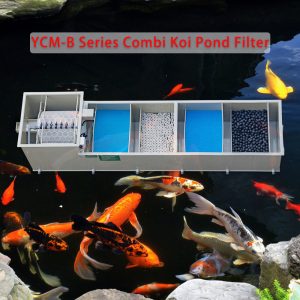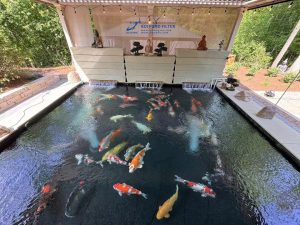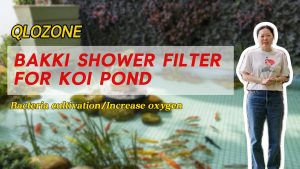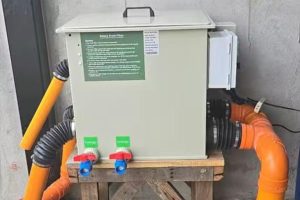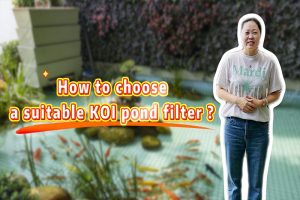Oxygen is essential for all organisms in your pond. It is important to maintain oxygen levels to prevent fish kills and algae growth. Hypoxia can occur in any pond. Especially now that spring is in full swing and temperatures are rising again, the chances of oxygen deficiency are even greater.
How to recognize oxygen deprivation?
Your fish’s behavior is a good indicator of oxygen levels. Do you see your fish gasping for air at the surface of the water? Are they crowding each other in oxygen-rich areas (such as the exit of a waterfall)? Are they moving slowly? Then there is a good chance that the oxygen level in your pond is too low and your fish are in danger.
Are you still unsure about the oxygen level? With the help of a digital oxygen meter, you can measure the oxygen level exactly. Fish need an oxygen level of at least 4 to 5 mg/L to survive.
Causes of oxygen deficiency
Most ponds are stocked with oxygen plants. These aquatic plants produce oxygen that is absorbed into your pond. Unfortunately, this is not always enough to provide enough oxygen to your pond water, and hypoxia is lurking in the mix. Hypoxia can have several causes.
High water temperature
The warmer the water, the less oxygenated the water will be. This is particularly problematic in spring and summer. Therefore, additional measures are sometimes needed during warmer periods.
Pollution
Organic matter such as leaves or uneaten fish food can cause pond contamination. Fortunately, your pond is full of good bacteria that can clean up the dirt. However, in the process, these bacteria consume a lot of oxygen. If you have a lot of dirt in your pond, a lot of oxygen is also being extracted from the water.
Shortage of aquatic plants
Aquatic plants or oxygen plants produce oxygen and release the oxygen directly into the water. More aquatic plants in your pond therefore provide more oxygen. If you have too few water plants in your pond, this can cause a shortage of oxygen in the pond water.
Nighttime activity
Plants and algae take up oxygen from the water at night and gradually give it back during the day. In the morning there is therefore less oxygen.
More oxygen in your pond
What can you do yourself to prevent your pond from running out of oxygen? First of all, it is important to minimize pollution. Do not overfeed your fish and remove fallen leaves from your pond. Also, make sure your pond has enough aquatic plants. But most importantly, keep the water moving. Water in motion absorbs more oxygen at the surface than water that is stationary.
Fountain
To keep the water moving you can place a watercourse, waterfall or fountain. This allows oxygen from the air to enter the pond. But of course this is quite an investment and may not fit with the design of your pond at all.
Installing a bakki shower in your pond is a great option. The bakki shower can mimic the stream like a stream, allowing the water to get more oxygen in the flow of the media.
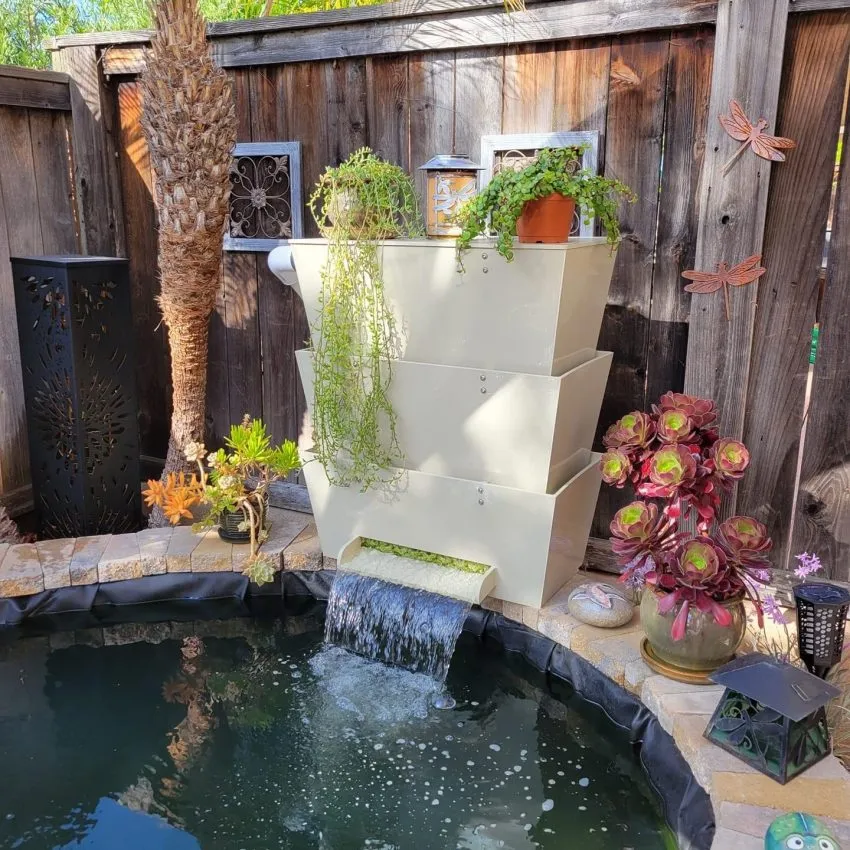
Quick solution needed?
Do you have an air pump or fountain but an acute shortage of oxygen? You can always throw buckets of water into the pond yourself or use a garden hose to spray water into your pond for some extra oxygen.


